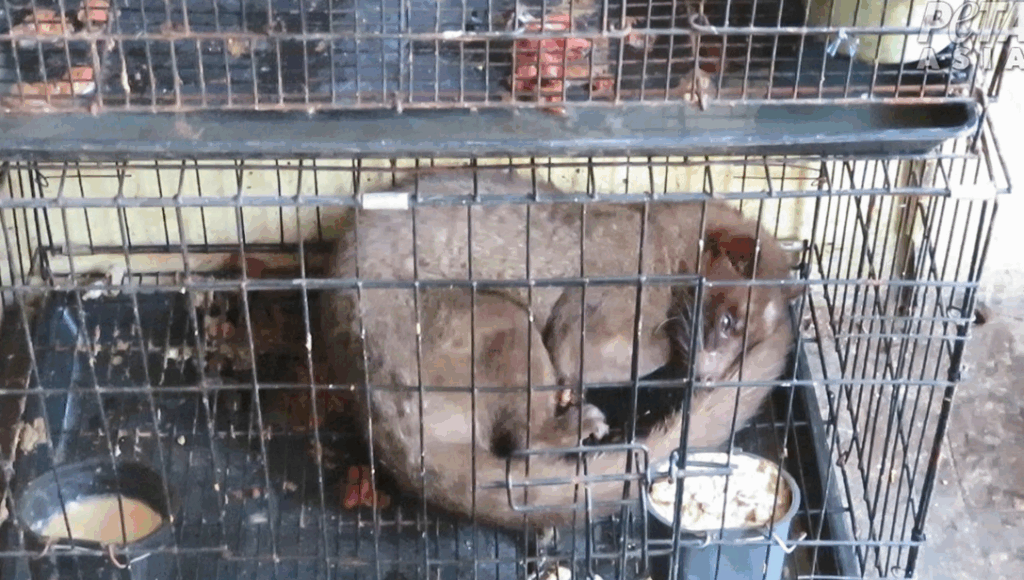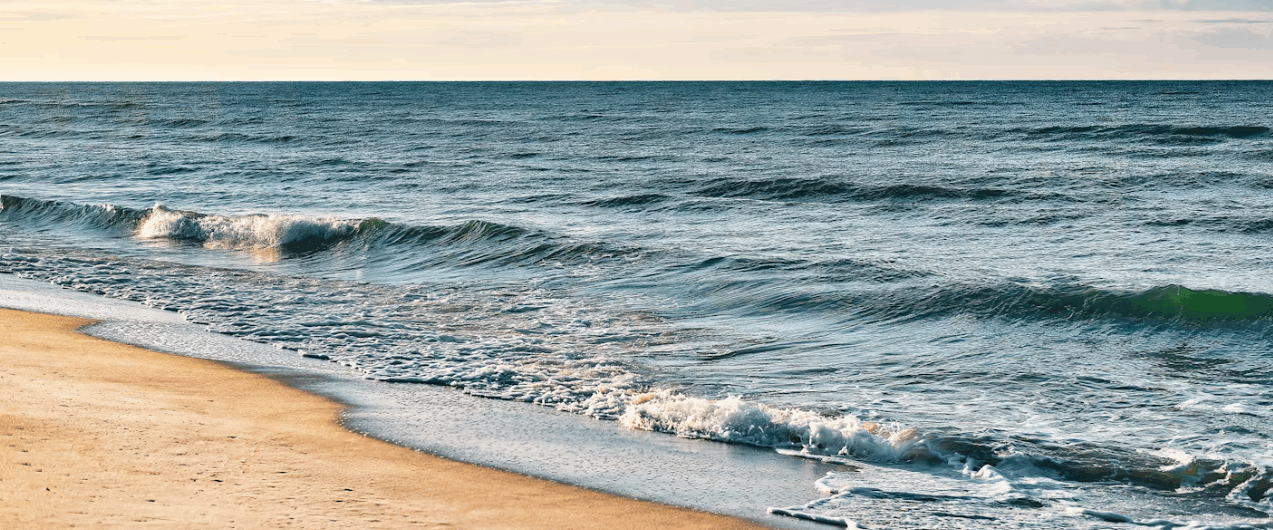Almost everyone might have heard of Bali. The Indonesian island with idyllic white sandy beaches and crystal-clear waters. Divers can’t wait to see the exotic underwater world. Explorers want to explore volcanoes, jungles, and the majestic Hindu temples. Foodies savor local dishes and delicacies. Yoga enthusiasts find themselves and recharge their batteries. And everybody enjoy the islands tropical climate with a pleasant average annual temperature of 30 degrees Celsius.

Although the main religion in Indonesia is Islam, most people in Bali are Hindu. Therefore, in addition to lively markets, tropical nature, and the best surfing spots, the attractions also include religious sites and ceremonies. Their daily interaction with tourists makes the Balinese open and tolerant – even when it comes to Western clothing styles and behavior.
While the interior of the island is still more authentic, the touristy south is bustling with activity. The small island is already densely populated: The Balinese population currently numbers around 4.5 million.
When I arrives in Bali, I started immediately to do what all the Bali tourists do. I went to surving spots, to waterfalls and amazing temples.
I would like to say one thing right away: Bali is a wonderful place when it comes to its nature, the culture of its people and its unique atmosphere. A near-paradise on earth…at least, that’s what the island once seemed to be. But despite all the beautiful facades, I quickly realized how uncomfortable I felt and how deceptive this paradisiacal appearance was. So, instead of telling you about the amazing things that can be discovered in Bali, I want to tell you why I’ll never come back here:
Bali is getting more and more crowded
The densely populated island receives more visitors every year. By example, in 2017, 5.6 million guests from all over the world came to the island. That’s more than the entire population of the island. Compared to the previous year, there were about 17% more tourists – a huge increase. In addition, the crowds are not evenly distributed across the land area. Visitors, newcomers, and locals are crammed into the tourist centers in the south, especially Kuta. The large number of people in such a small space has consequences for the environment, the landscape, and the population. That’s why…
Bali has a garbage problem
Bali and its nature is suffering. Garbage is currently piling up in many places – no wonder, given the millions of people on the relatively small island. The waste disposal infrastructure is groaning under the tons of waste produced by the enormous number of tourists, including in the large star-rated resorts, and can no longer keep up with the cleanup. The consequences are dirty beaches, plastic pollution in the oceans, and smoldering landfills. But the pollution in the ocean doesn’t just spoil your personal swimming pleasure. Over time, the plastic particles in the ocean also end up in the food chain of marine animals. The sight of pollution in the streets, streams, forests, and beaches shocked me deeply. The largest portion of the garbage was made up of food packaging, plastic cups, and plastic bags – leftovers simply abandoned by beachgoers. There’s a real risk that the masses of waste will change life in Bali in the long term to its worst.

Other popular holiday destinations are already taking drastic measures to allow flora and fauna to recover. In Thailand and the Philippines, for example, authorities are closing popular beaches for regeneration purposes.
Animal cruelty as far as the eye can see
If you book a day tour that covers the island’s most important sights, you’ll likely also be taken to a coffee farm where you can sample the exceptional civet coffee. These cute, feline predators spend their entire lives in small wire cages and are fed exclusively ripe coffee cherries. Their droppings are then used to produce the world’s most expensive coffee.
Many Asian countries don’t have much to do with animal welfare—and sometimes we don’t either. One might even understand the people’s concerns, because it’s a source of income and potentially ensures their survival. Nevertheless, it comes at the expense of a wild animal and living being that should have just as much right to freedom as we do. In the elephant camp, many elephants are kept in captivity around the clock on short chains or restrained with iron bars.

Sadly, on Bali’s beaches and in the ocean, large numbers of birds, fish, and other marine animals die in nets or from entanglement. Birds starve to death because their stomachs are too full to digest the plastic. During peak season, approximately 40-60 sharks are caught and killed daily for tourists in Bali, solely to offer shark fin soup. Fishermen simply cut off the fins at sea and throw the shark back into the sea.
My Final Thoughts About Bali
With this article, I don’t want to tell anyone not to travel to Bali. Everyone can and must decide that for themselves. Personally, out of a deep sense of responsibility, I have decided to no longer be part of this mass tourism on the island. I cannot and will not take responsibility for destroying this paradise so sustainably.
The island urgently needs to get rid of these hordes of tourists. Nature needs time to regenerate, and people need space to develop and live their own culture and daily lives without having to adapt to the needs of tourists. I hope that this once wonderful paradise will recover and that I can then return again someday.
